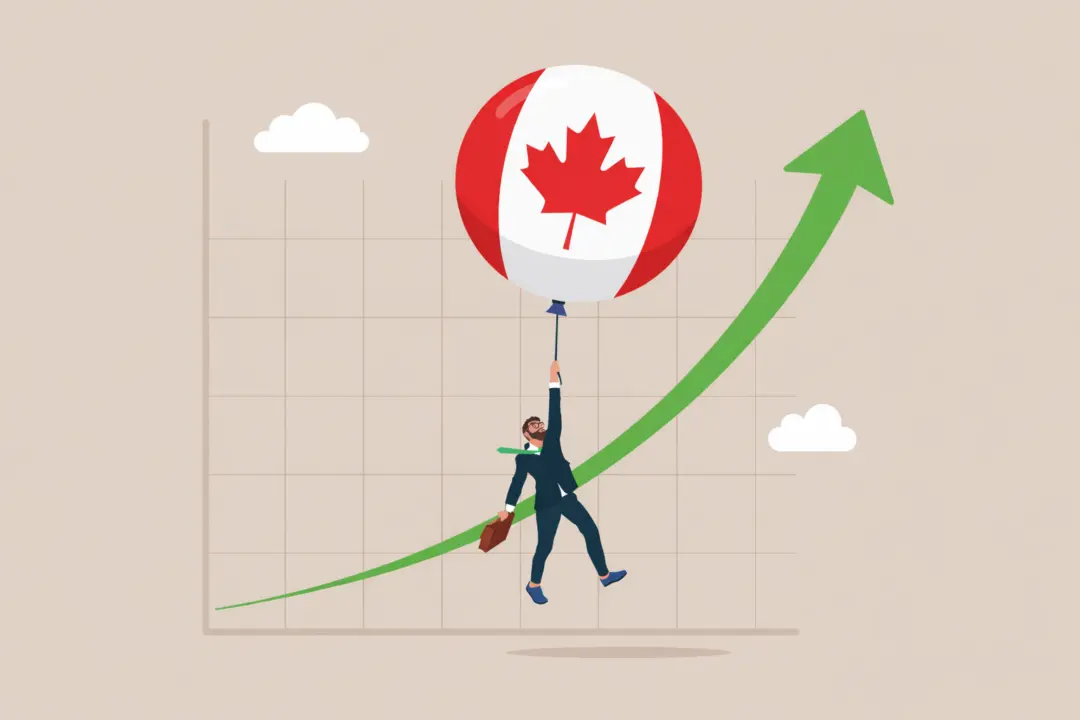Although the Bank of Canada decided to cut interest rates for a third time in 2024 in response to lower inflation, governor Tiff Macklem warned that the country is not out of the woods yet.
At the announcement on Sept. 4, Macklem said inflation fell to 2.5 percent in July, getting closer to the central bank’s target of 2 percent, and as such the bank decided to cut its key interest rate from 4.5 to 4.25 percent.





